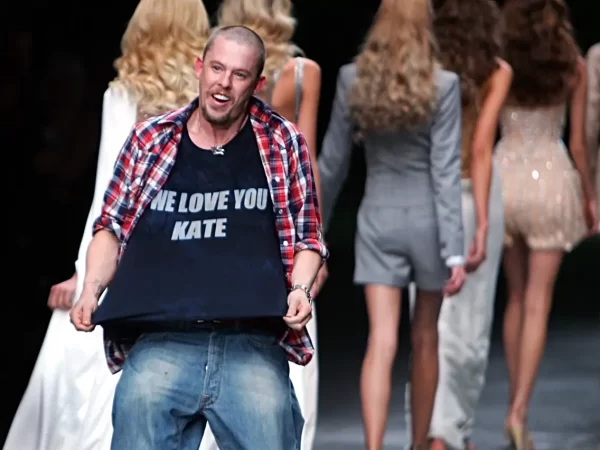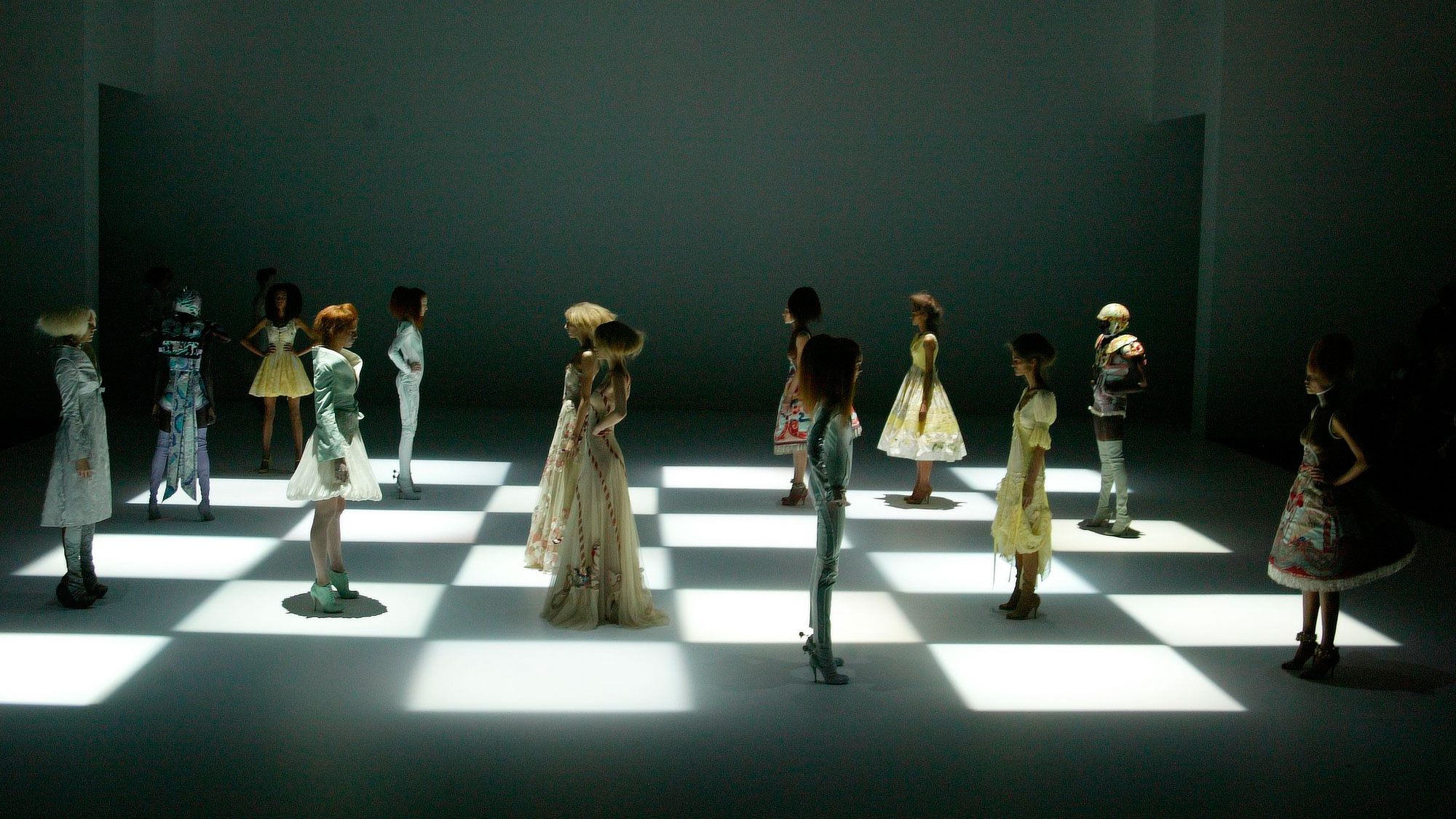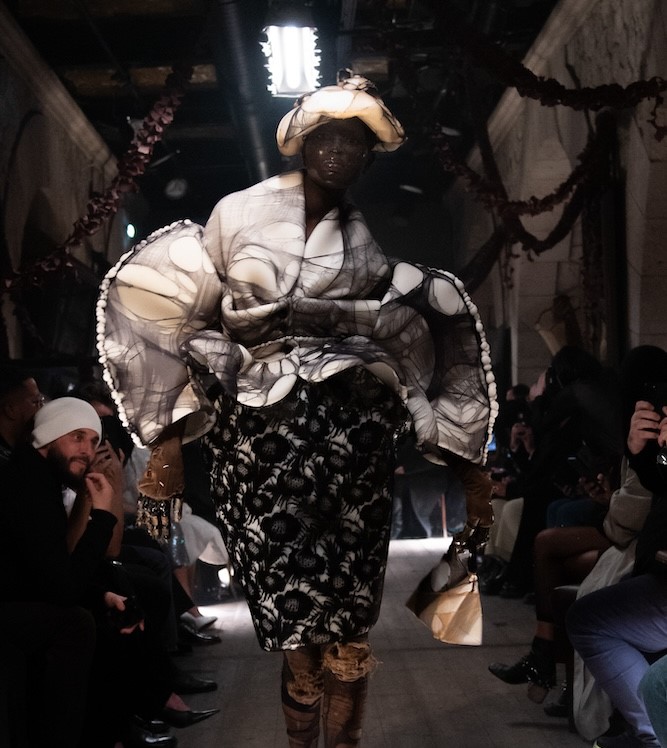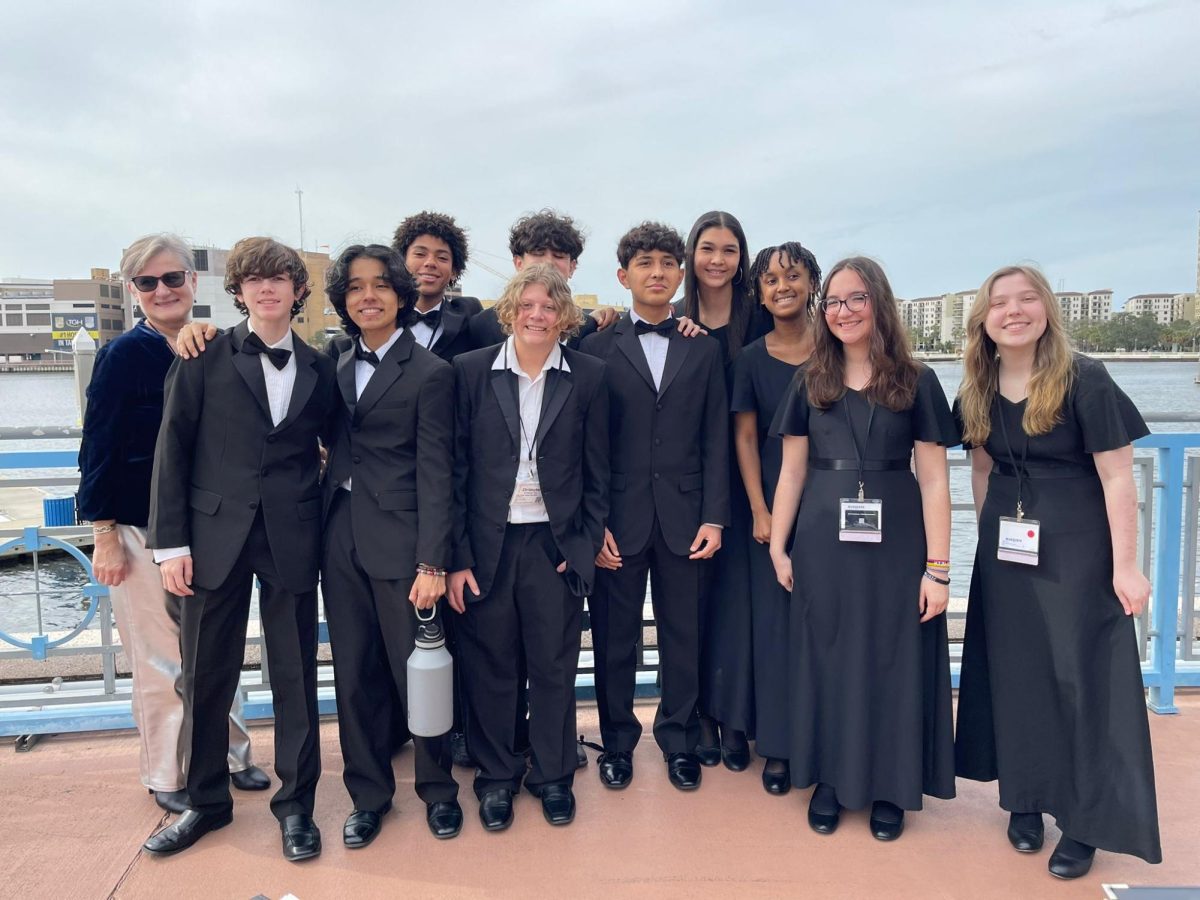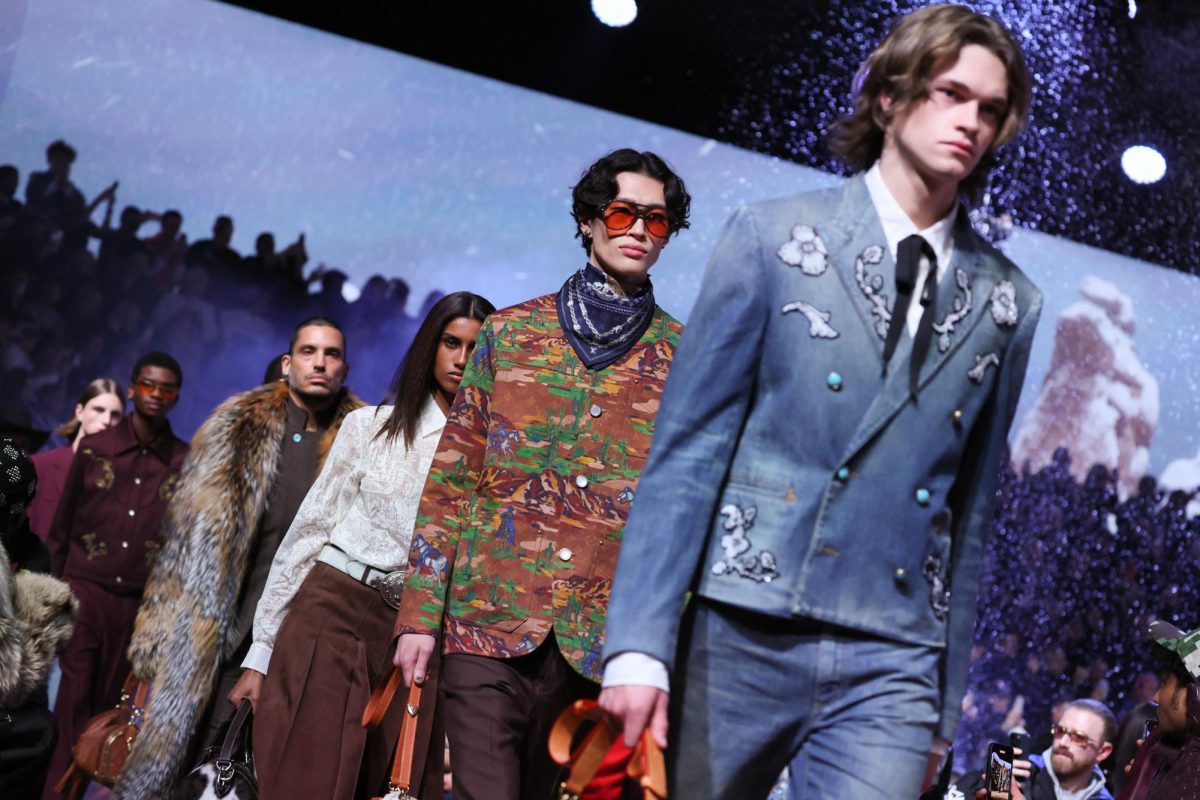Alexander McQueen is regarded as one of the greatest designers in fashion history. His designs and creativity shaped the meaning of contemporary fashion through outlandish displays of theatrical shows. Creativity had no limits, as he was fearless when it came to intricate designs of couture. His ability to “speak” to his audiences through his garments made him world-renowned as one of the greatest designers of all time.
Born as Lee Alexander McQueen in Lewisham, London, he was no stranger to the world of art and boundless creativity. McQueen had a background in tailoring before he began studying at Anderson & Sheppard, a tailoring company. His razor-sharp tailoring and use of various cutting methods caught the attention of Isabella Blow, who was an English fashion magazine editor. Isabella threw him a lifeline and aided in helping McQueen establish his infamous career. Through their friendship, he was able to acquire an elite circle of clientele and was pushed from the get-go into becoming one of the most innovative designers in history.
The Beginning of Alexander McQueen
McQueen released his first collection in 1993, with the title “Taxi Driver”, inspired heavily by the Martin Scorsese film. He introduced a variety of low-rise jeans, also known as bumsters.
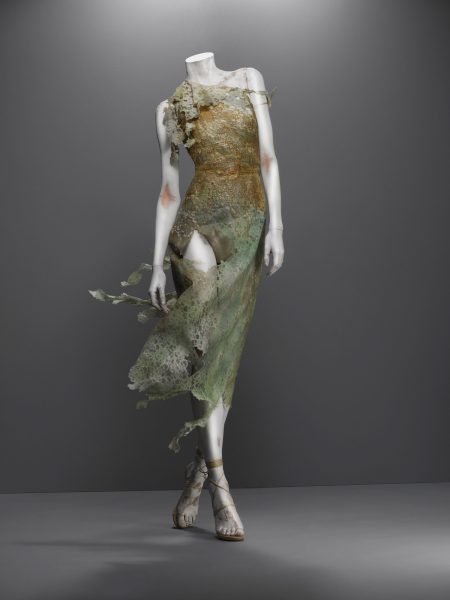 However, shortly after the show was over, the entire collection was stolen and never photographed. His first professional collection was released in 1993 for the 1994 Spring/Summer season with the title Nihilism. This collection depicted the models with bruised and bloody clothing which would later be regarded as “a theater of cruelty.” McQueen quickly gained the title of “the hooligan of English fashion.”
However, shortly after the show was over, the entire collection was stolen and never photographed. His first professional collection was released in 1993 for the 1994 Spring/Summer season with the title Nihilism. This collection depicted the models with bruised and bloody clothing which would later be regarded as “a theater of cruelty.” McQueen quickly gained the title of “the hooligan of English fashion.”
Scrutiny from the public didn’t stop McQueen from releasing intricately detailed, yet controversial collections. In 1995, McQueen gained worldwide attention for his Highland Rape collection which featured models in slashed and torn lace with splatters of fake blood. The garments depicted “England’s rape of Scotland” and referenced how England tortured and took much of Scotland during the 1700s.
Work With Givenchy
McQueen was appointed creative director of Givenchy in 1996, succeeding world-renowned designer, John Galliano. His succession of Galliano marked the infamous “Couture Clash” title due to their complex yet unique designs. McQueen’s debut collection with the brand executed colors of gold and white, similar to Givenchy’s signature look. Many of the pieces in this collection had a militaristic feel that gave nods to previous Givenchy pieces such as the Bettina blouse. His work with Givenchy continued up until 2001.
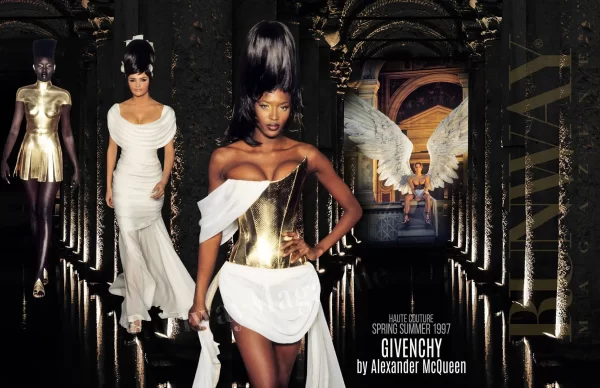
Notable Collections
In 1997, McQueen released his It’s A Jungle Out There collection inspired by the Yoruba people in West Africa. The collection featured fur, silk, and acid-washed denim that depicted animal-like features. Additionally, the collection included antlers and crocodile heads which were highly acclaimed by the press. The runway set took place in the Borough Market where bashed-up cars were installed alongside heaters and bleachers.
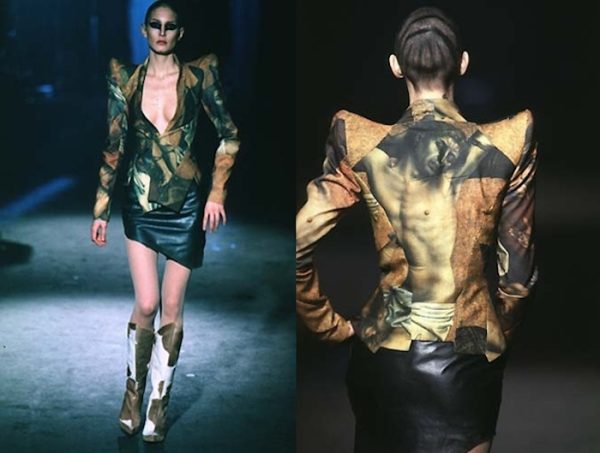
McQueen’s innovative talent didn’t stop there. In 1999, he released his No. 13 collection inspired by the Arts and Crafts movement that focused on handcraft art. Many of the pieces in this collection featured natural tones of tan and ivory that were manipulated into delicate designs of ruffled lace and leather. The most notable moment from the show was when model Shalom Harlow’s garment was spray painted yellow and black by robotic arms made from car parts. Today, this stunt is considered one of the most memorable finales in fashion history.
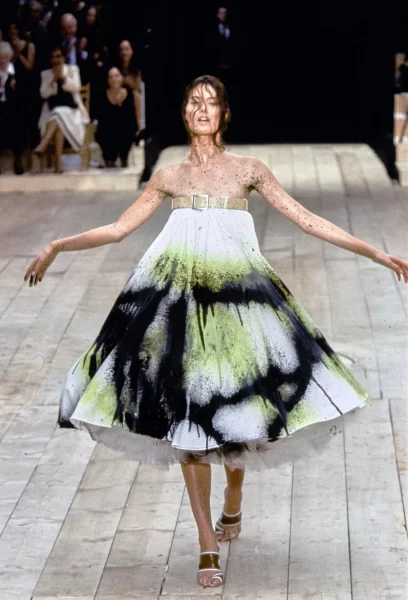
In 2001, shortly after parting ways with Givenchy, McQueen released his Voss collection which was inspired by the Norwegian town known for its wildlife. The show featured a giant glass box within a larger glass box in the center of the runway. The glass was filled with moths and at the end of the show, smashed onto the ground depicting a similar scene seen in the Sanitarium. The glass allowed the audience to only see their own reflection during the duration of the show. McQueen did this as a way to “turn the fashion industry back onto the people.”
Despite McQueen’s highly acclaimed collections, he faced personal struggles and loss. In 2008, his longtime mentor Isabella Blow committed suicide, leading him to dedicate his Spring 2008 collection, La Dame Bleue, to her. This collection featured various birds and brightly colored clothing with feathers, all of which were symbolic to Blow.
Work With Celebrities
McQueen was no stranger to the world of pop culture in the 1990s-2000s. During McQueen’s uprising, much of his work was noted by prominent figures in the music industry. In 1996, he designed David Bowie’s Union Jack jacket seen on the cover of his Earthing album. McQueen also worked with Icelandic singer Björk on her Homogenic album cover, which was released in 1997.
Janet Jackson wore a custom piece made by McQueen during her Super Bowl 2004 Halftime Show performance. Lady Gaga, who was close friends with McQueen, wore his infamous “Jellyfish” ensemble which was featured in her Bad Romance music video. She also wore a piece from his last unfinished collection to the 2010 VMAs alongside a pair of armadillo shoes.
Last Collection and Death
Alexander McQueen released his last collection during Paris Fashion Week in 2009. The collection Plato Atlantis featured a nonhuman-like look that depicted deep sea creatures and reptile prints. The collection combined both human and sea evolution with the colors aqua and green. Prints that replicated jellyfish and stingrays were seen on garments and shoes. This collection also introduced McQueens infamous armadillo shoe that transformed the foot of models walking on the runway. The show was also the first ever live-streamed fashion show that would later transcend upon other brands broadcasting their collections. The collection’s most notable piece, the “Jellyfish” ensemble, featured a dress resembling a jellyfish and armadillo shoes decked out in iridescent pallets. In McQueen’s statement on the collection, he said, “There is no way back for me now. I am going to take you on journeys you’ve never dreamed were possible.”
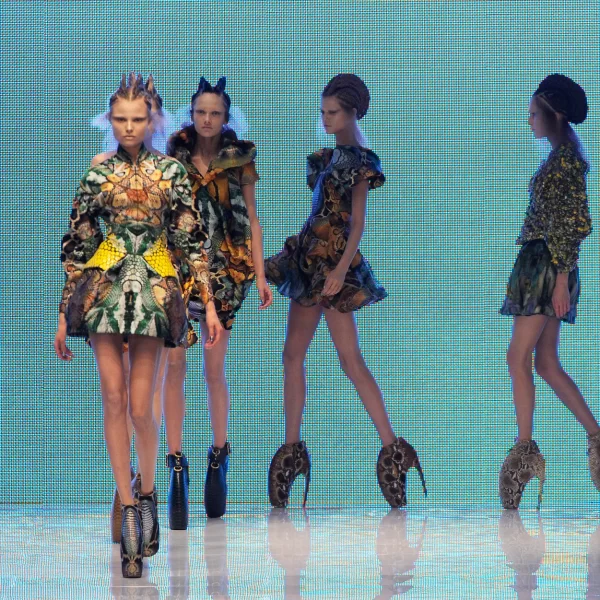
Despite McQueen’s peaking success, he battled through severe hardships such as his mother’s passing shortly after his final collection was released. Alexander McQueen, unfortunately, took his own life on February 11, 2010, after battling years of depression, following the death of his longtime mentor, Isabella Blow. McQueen left the fashion industry amplified and reminded the world that fashion is always in constant change. His notorious attitude for pushing boundaries would lead him to be remembered as one of the greatest designers of all time. Alexander McQueen believed that fashion was more than just the clothes you wear. Fashion is an everyday art form that can portray beautiful and influential levels of style and grace.
